
Istanbul composer Turgut Ercetin (Daad artists-in-Berlin 2016 award winner) completed his doctorate studies at Stanford University, developing works engaged with issues of sound as sonic entities dealing with time and space, here in a string quartet performed by Arditti Quartet, and a work for voice and live electronics performed by Neue Vocalsolisten Stuttgar.
In Stock
Quantity in Basket: None
Log In to use our Wish List
Shipping Weight: 4.00 units
EU & UK Customers:
Discogs.com can handle your VAT payments
So please order through Discogs
Sample The Album:
Turgut Ercetin-composer
Arditti Quartett-quartet
Irvine Arditti-violin
Ashot Sarkissjan-violin
Ralf Ehlers-viola
Lucas Fels-cello
Johanna Zimmer-soprano vocal
Truike Van Der Poel-mezzo soprano vocals
Daniel Gloger-counter tenor vocals
Martin Nagy-tenor vocals
Guillermo Anzorena-baritone vocals
Andreas Fischer-bass vocals
Alexis Baskind- live electronics
Max Bruckert-performer
Ensemble Mosiak-ensemble
Ensemble Apparat-ensemble
Ensemble Adapter-ensemble
Sonar Quartett- quartet
Bas Wiegers-conductor
Christoph Breidler-conductor
Click an artist name above to see in-stock items for that artist.
Includes 30 page booklet with images and text in English and German.
UPC: 4029455100246
Label: Edition Rz
Catalog ID: RZ 10024
Squidco Product Code: 27172
Format: CD
Condition: New
Released: 2019
Country: Austria
Packaging: Cardboard Gatefold w/ booklet
Recorded at the Berliner Mikromusik Festival, in Berlin, Germany, on September 1st, and September 4th, 2016, and August 23rd, 2017.
"Turgut Erçetin: Panopticon Specularities
A native of Istanbul, Turgut Erçetin (1983) studied composition and completed his doctorate studies at Stanford University.
Cover Design: Ott + Stein, Berlin; Scan: Christine Berkenhoff
in 2016, erçetin was awarded with daad artists-in-berlin program for a yearlong residency in berlin, and since then he is based in berlin. erçetin's works engage with issues of sound, not as colors but as sonic entities that interface with time and space. most of his works, therefore, are involved with acousticsand psychoacoustics as well as computer aided compositional processes.
string quartet no.2 for string quartet
arditti quartet (2014, 9'51)
2. im keller (2016, 16'00)
seed I for two sopranos and live electronics
seed II for counter tenor, tenor, bariton, bass and live electronics
1. version space A
2. version space B
Neue Vocalsolisten Stuttgart
recording 4.9.2016, Deutschlandfunk Kultur,
mikromusik Festival Berliner Künstlerprogramm by DAAD
panopticon specularities for four simultaneous chamber ensembles"
Includes 30 page booklet with images and text in English and German.

The Squid's Ear!
Artist Biographies
• Show Bio for Turgut Ercetin "The Turkish composer and sound researcher Turgut Erçetin has brought the acoustic aspects of sound quite deliberately into the focus of his creative work: not only with respect to sound's differentiated layering and the complex interactions of individual frequencies, but also as a phenomenon whose dynamics continually change in time and space. Born 1983 in Istanbul, Turgut Erçetin grew up in that metropolis between Orient and Occident. It was not just the region's intercultural interchange that shaped him, however, but particularly the city's specific sonic environment: "I grew up in Istanbul, and its soundscape basically infects my music." For him, thinking about sound means thinking simultaneously about concrete time structures - time structures that develop and can be experienced via acoustic phenomena of transformation and resonance. And with the interplay of echo and reverberation, Turgut Erçetin expands the compositional range - pulses or cascades of tones can intensify into fields in continuous motion. But his interest lies not just in analyzing sounds and afterwards re-constructing them; rather, he designs acoustic phenomena structurally. Spatioacoustic qualities, such as those in Istanbul's Hagia Sophia, become compositional aspects that can be processed with the aid of a computer. Erçetin's String Quartet Nr. 1, December (2011), which grew out of his studies at the Center for Computer Research in Music and Acoustics at Stanford University, elicits new qualities of musical interaction through the use of live electronics. The four musicians are electronically interlinked, so that the body of each individual instrument is simultaneously a resonating chamber for each of the other instruments. Individual frequencies or entire frequency spectrums of a sonic layer can be amplified, colored, or extinguished, and microtonal oscillations and shifting harmonic accents arise within the audible infrastructure. Thus, Turgut Erçetin investigates the psychoacoustically complex relationships between spatial perception, musical interaction and the acoustics of specific environments. This analytic-synthetic approach opens up opportunities not only to construct each musical moment layer-by-layer, but also to design "acoustic perspectives" and profound sonic structures. The compositional process frequently begins with the design of algorithmic structures that crystallize into subtle differentiations during the course of the work. Here the composer's central interest lies in individual perception of the acoustic-temporal continuum, which always exists in relation to spectral transformations. Attentive observation of the relationships among these effects offers the composer an artistic way to design sonic events as they emerge. Turgut Erçetin's works create sonic realms of composed acoustics that emerge from the interplay of nuanced spectrums and acoustic perspectives. "Complexity" arises not solely through the organized layering of sound, but very much more through the compositionally structured internal differentiation of acoustic states and motions."-Fabian Czolbe ^ Hide Bio for Turgut Ercetin
3/31/2025
Have a better biography or biography source? Please Contact Us so that we can update this biography.
Track Listing:
1. String Quartet No.2, for string quartet (2014) 9:52
2. Im Keller, seed I for two sopranos and live electronics and seed II for counter tenor, tenor, baritone, bass, and live electronics, Version Space A 7:44
3. Im Keller, seed I for two sopranos and live electronics and seed II for counter tenor, tenor, baritone, bass, and live electronics, Version Space B 7:44
4. Panopticon Specularities, for four simultaneous chamber ensembles (2017) 25:14
Compositional Forms
Large Ensembles
Stringed Instruments
Quartet Recordings
Large Ensembles
Unusual Vocal Forms
New in Compositional Music
Search for other titles on the label:
Edition Rz.

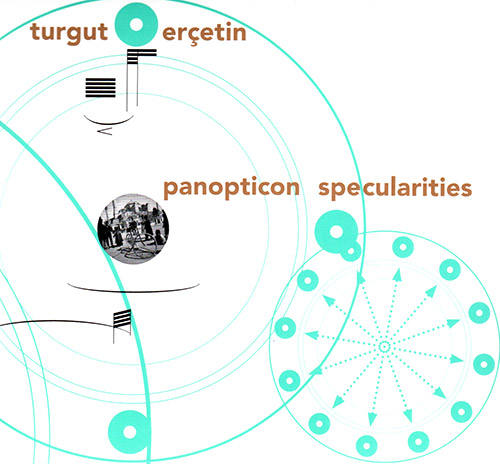




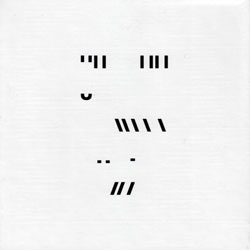
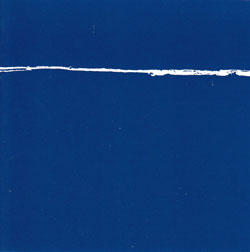
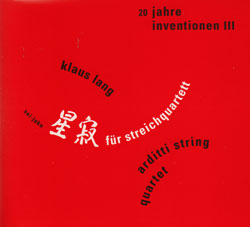
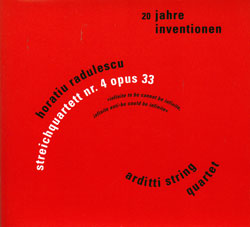
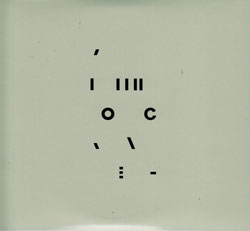
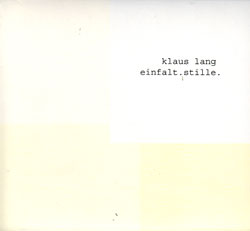
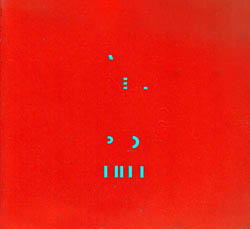
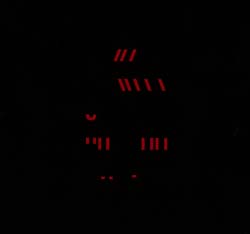
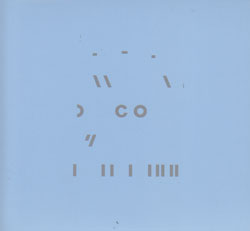


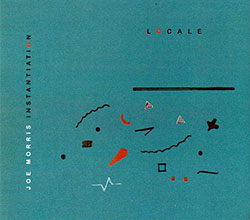
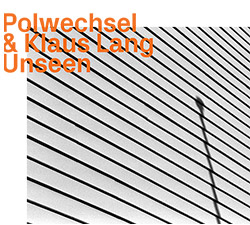
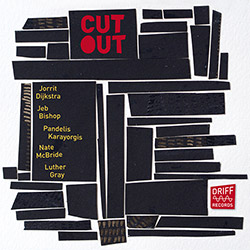
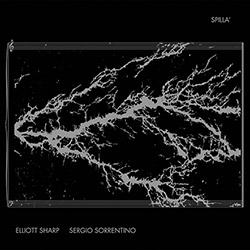
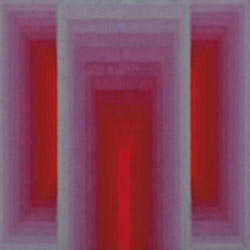
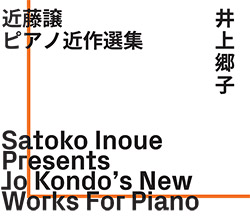
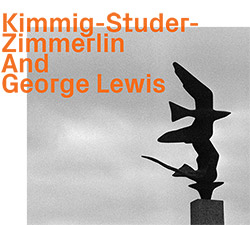
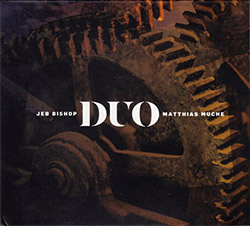




![Rodrigues, Ernesto / Nuno Torres / Guilherme Rodrigues: Whispers In The Moonlight - In Seven Movements [2CDs]](https://www.teuthida.com/productImages/misc4/35765.jpg)
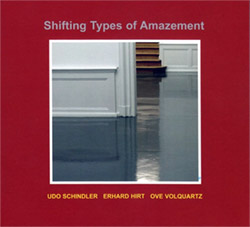

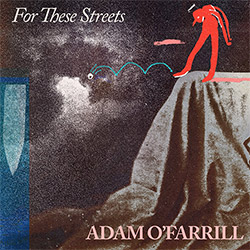
![Cocks, Laura: FATHM [VINYL]](https://www.teuthida.com/productImages/misc4/36055.jpg)
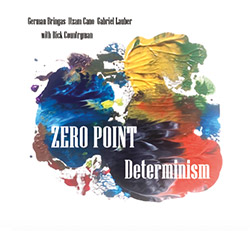
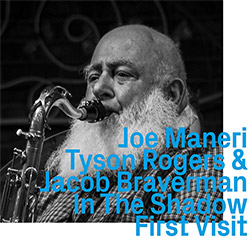
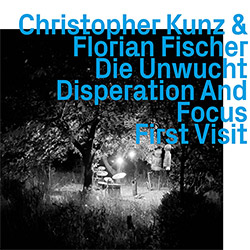
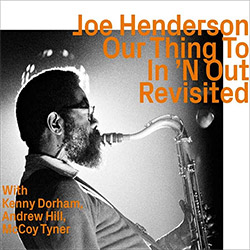

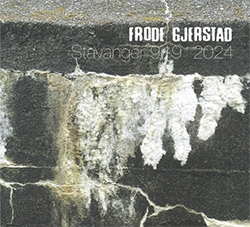
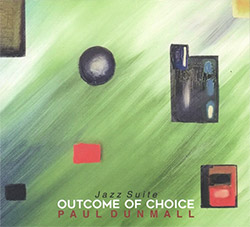
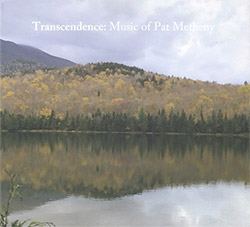
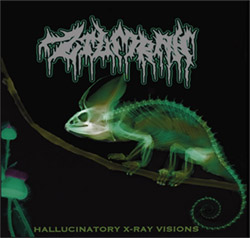
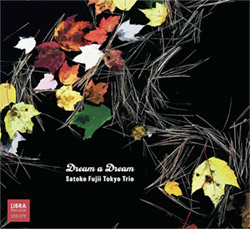
![Ackerley / Prymek / Turner: All Hope With Sleeping Minds [CASSETTE]](https://www.teuthida.com/productImages/misc4/35950.jpg)
![Myers, David Lee : Tin Drop Tear [BOOK w/ DOWNLOAD]](https://www.teuthida.com/productImages/misc4/36030.jpg)

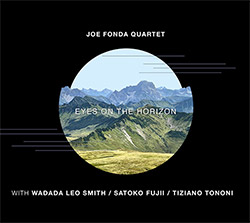
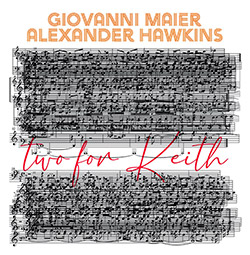
![Schindler, Udo / Sandy Ewen / Damon Smith: Munich Sound Studies Vols. 4, 5 & 6 [3 CDs]](https://www.teuthida.com/productImages/misc4/35966.jpg)
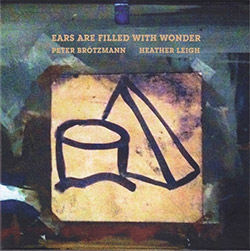


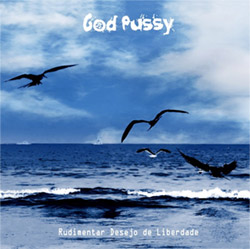


![Turbulence Orchestra & Sub-Units: Smear Out the Difficulties (Double Live) [2 CDs]](https://www.teuthida.com/productImages/misc4/36048.jpg)
![Perelman, Ivo / Tyshawn Sorey: Paralell Aesthetics [2 CDs]](https://www.teuthida.com/productImages/misc4/35871.jpg)
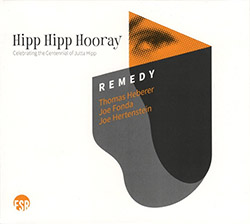

![Sjostrom, Harri: SoundScapes #4 Festival Berlin 2023 [3 CDs]](https://www.teuthida.com/productImages/misc4/35874.jpg)
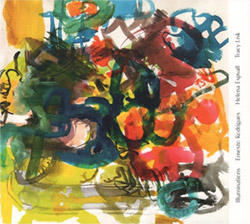


![Glenn, Jordan: Flustered [CASSETTE]](https://www.teuthida.com/productImages/misc4/35948.jpg)


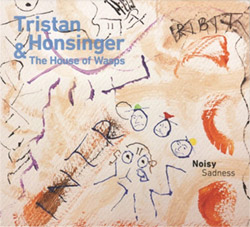
![Lindorff-Ellery, Evan: Church Recordings from Monhegan [CASSETTE]](https://www.teuthida.com/productImages/misc4/35949.jpg)
![Schindler, Udo / Werner Dafeldecker / Gunnar Geisse: Travelling Sound Images - Cognitive Transfers [Trio]](https://www.teuthida.com/productImages/misc4/35767.jpg)
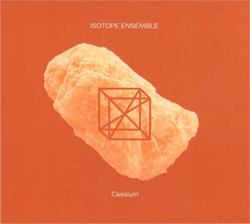
![Egberth, Dennis: The Dennis Egberth Dynasty [VINYL]](https://www.teuthida.com/productImages/misc4/35549.jpg)


![Schindler, Udo / Rieko Okuda / Eric Zwang Eriksson: Disturbed Terrains [2 CDs]](https://www.teuthida.com/productImages/misc4/35330.jpg)
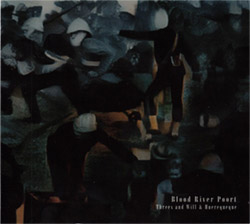
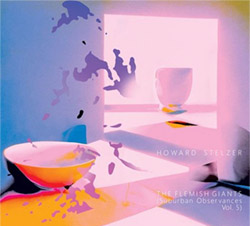
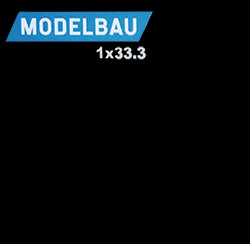
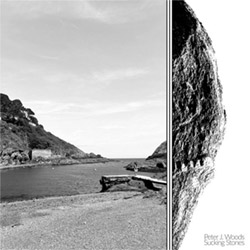
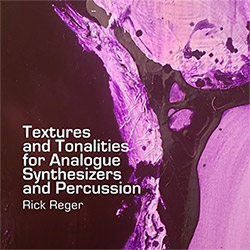

![Olencki, Weston : Pearls Ground Down To Powder [VINYL]](https://www.teuthida.com/productImages/misc4/35956.jpg)
![Myers, David Lee: Oculus [2CDs]](https://www.teuthida.com/productImages/misc4/35857.jpg)


![dustsceawung: dustsceawung [CASSETTE w/ Download]](https://www.teuthida.com/productImages/misc4/35753.jpg)
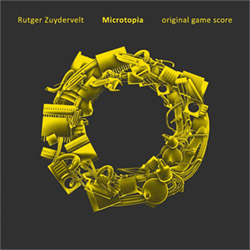



![Halls of the Machine: Atmospheres For Lovers And Sleepers [CASSETTE w/ DOWNLOAD]](https://www.teuthida.com/productImages/misc4/35806.jpg)
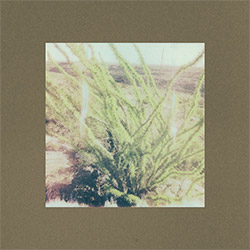
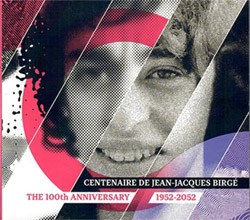
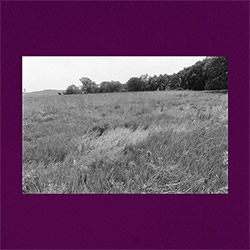
![AHC (Alexander Cooper): Lase [2 CDs]](https://www.teuthida.com/productImages/misc4/35754.jpg)



![Fagaschinski, Kai / Yan Jun : Graveyard Processions [VINYL w/ DOWNLOAD]](https://www.teuthida.com/productImages/misc4/35474.jpg)
![Brant, Cody / Carl Kruger: Smoke Detail [CASSETTE w/ DOWNLOAD]](https://www.teuthida.com/productImages/misc4/35551.jpg)







![Zorn, John / JACK Quartet: The Complete String Quartets [2 CDs]](https://www.teuthida.com/productImages/misc4/35609.jpg)

![Lonsdale, Eden: Dawnings [2 CDs]](https://www.teuthida.com/productImages/misc4/35480.jpg)







![Sanna, Claudio: Compositori Sardi Contemporanei II [2 CDs]](https://www.teuthida.com/productImages/misc4/35317.jpg)







![Zurria, Manuel: Fame di Vento [3 CDs]](https://www.teuthida.com/productImages/misc4/35167.jpg)

![Granberg, Magnus / Nattens Inbrott / Skogen: Holde Traume, Kehret Wieder! [2 CDs]](https://www.teuthida.com/productImages/misc4/35038.jpg)

![Electric Bird Noise / Derek Roddy: 8-10-22 [CD EP]](https://www.teuthida.com/productImages/misc4/35970.jpg)








![Elephant9 : Mythical River [VINYL]](https://www.teuthida.com/productImages/misc4/34624.jpg)



![Elephant9 with Terje Rypdal: Catching Fire [VINYL 2 LPs]](https://www.teuthida.com/productImages/misc4/35355.jpg)
![Deerlady (Obomsawin, Mali / Magdalena Abrego): Greatest Hits [VINYL]](https://www.teuthida.com/productImages/misc4/34876.jpg)







![Surplus 1980: Illusion of Consistency [CD]](https://www.teuthida.com/productImages/misc4/35069.jpg)
![Staiano, Moe: Away Towards the Light [VINYL + DOWNLOAD]](https://www.teuthida.com/productImages/misc4/35037.jpg)



![Caveira (Gomes / Sousa / Abras / Ferrandini): Ficar Vivo [VINYL]](https://www.teuthida.com/productImages/misc4/34643.jpg)
![Coley, Byron: Dating Tips for Touring Bands [VINYL]](https://www.teuthida.com/productImages/misc4/17906.jpg)

![Lost Kisses: My Life is Sad & Funny [DVD]](https://www.teuthida.com/productImages/misc4/lostKissesDVD.jpg)